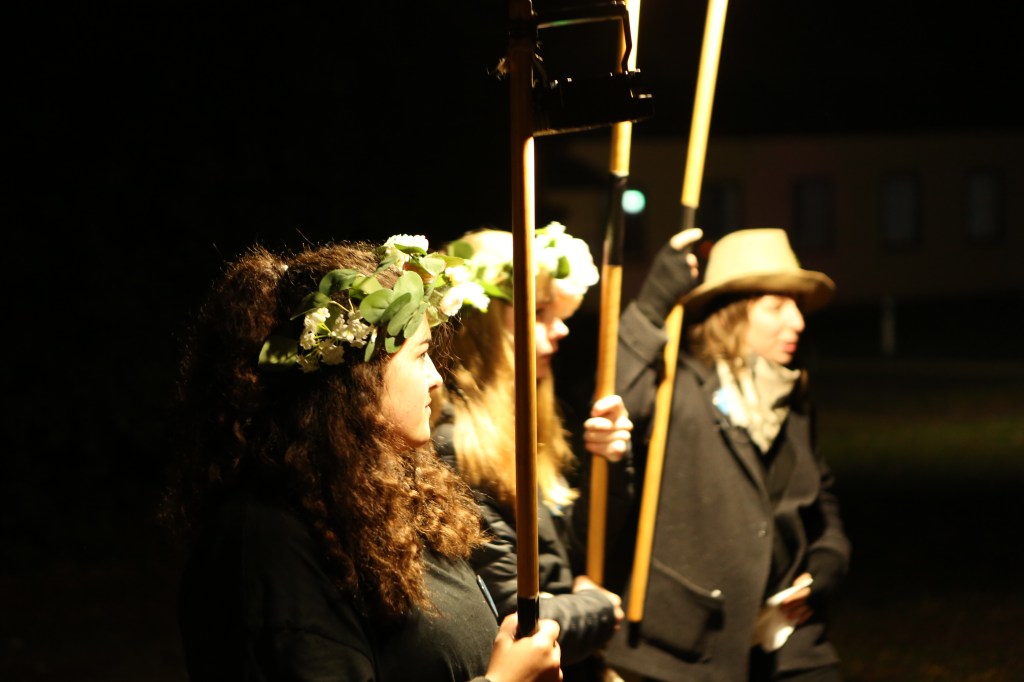Just putting it out there – I liked RISE. Loved the chaos, the simple apps, the opaque process, the liquorish allsorts list of successfully funded projects, bewildering fun. But now it is gone I guess. Toast.
Full disclosure, over the last year, Big hART has been funded under both RISE and the Australia Council for the Arts. With RISE we put up our best, most innovative ideas – our urgent projects responding to important community needs. With the Australia Council caution is required, we polish our apps, honing them to an acceptable level of mediocrity, we dumb down the financial ask to fit an outdated model for arts funding.
Benefits of RISE
The Australia Council is a crippled agency – its dollars are all but tied up with the major arts organisations. Consequently, the CEO and Chair have no money left to provide arts sector leadership. They can’t respond to innovation, or even fund Council’s own urgent priority areas. And so for decades, as our national peak body for the arts, it has kept its head down and creative horizons low, whereas with RISE, it was eyes up! Give it a go!
RISE allowed more organisations, in more places – even without an arts track record – to benefit from public arts funding. All kinds of people were given a seat at the table instead of some crumbs under it. There were metro-sniggers as newbies from far flung communities were successful with activities they’d never done before. Conversely, wealthy producers of mega-hit-musicals put their hats out like buskers. Big box office, adored by publics, getting public funds!? Outrageous. Surely these public arts funds are there to prop up the musings of dead white European males, and help fill our big city tourist beds.
RISE saw Hamilton vying with halfpipes and skateboarders. It welcomed tiny start-ups with great big dreams. Artists were taking pot luck with apps like sideshow alley at a country agricultural show. It was a revelation. Some people actually applied for funds to cover the real costs of their complex cultural projects, rather than fibbing and squeezing it to fit the Australia Council-enforced penny pinch.
‘Do no harm’ arts funding
The most urgent current demand on public arts funding is cultural justice. This is about projects in high-needs and forgotten communities. It’s about critical priority areas and emergent issues such as the Australia Council’s stated priority areas – youth, regional, disability, Indigenous. To at least ‘do no harm,’ these kinds of projects need to be able to focus on the process of co-creation with communities (80% of the work) and then making the content (20%).
Yet the Australia Council is unable to fund the 80%, which is causing harm. But then RISE came along. These kinds of high-needs projects are by necessity more expensive, but they return far higher impact, better dollar value, and often more authentic and powerful content.
For this reason, RISE has been a godsend to the sector. It’s been an unprecedented moment to allow the real cost of complex and important projects to be at least put in the budget. RISE should actually be the norm. It shouldn’t be allowed to be mothballed, or be siphoned away into the Australia Council’s funding sinkhole.
Read: Why abandoning the Australia Council is a Bad Idea
What if Minister Fletcher threw the dice again? Or Tony Burke got in and matched his rhetoric with action? Maybe they could appoint a creative director for RISE, rather than peer review. Take a curated approach, a year-long national festival of culture and arts staged all over the country perhaps?
It is easy to be flippant. However, there are serious issues at play because without RISE, the arts have become a dangerous workplace. Chronic underfunding driven by faulty arts policy causes burnout amongst workers, puts communities at risk, drives a scarcity culture and cost-shifting to other departments. It has been this way for decades, with leaders deflected by saying, ‘it is all decided at arms-length, by artistic peers’. No it is not. A few small areas of decision making are done by peer review, but the full catastrophe is designed and driven by an outdated government agency, and its state counterparts. Even if RISE is toast, these issues need to be addressed.
Culture an essential service
Culture is a human right, and as Julianne Schultz has pointed out, what is needed is a seat in Cabinet. It’s time for a new cultural portfolio which encompasses all aspects of culture, the way culture itself needs to encompass the whole of society.
But I would go even further. Culture is an essential service like health and education. Culture reaches across all portfolios. It is justice, it is primary prevention, it is education, it is mental health, it is inclusion, it is innovation, it is productivity, and within it sits the arts and the crafts.
Read: Opinion from Arts Minister Paul Fletcher
Even Minister Fletcher sees something of this. He recently quoted a study saying ordinary Australians (as opposed to the extraordinary ones, does he mean?) saw a distinction between ‘arts’ and ‘arts and culture’, possibly because of the intrinsic, whole of life, profoundly experiential nature of culture.
Let the Australia Council drift on towards the shoals. Let it fund the arts for a while if it must. But keep RISE to fund the innovative, the responsive, and the maverick projects. Fund the arts with risk, in a curated way. Don’t encumber it with committees. Keep the chaos and the scale and the speed and let it fund culture first and foremost. May the phoenix of RISE rise again one day soon.





